How discreet this little commune of Audinghen is, in the shadow of the emblematic Cap Gris-Nez that it harbours on its lands! Yet it has a lot to offer! Its three beaches and its seven coves cut into the cliffs, the bunker of the TODT battery transformed into a museum of the Atlantic Wall or the very contemporary Saint-Pierre church with its lyre-shaped bell tower. Not to mention the fact that it is also the closest French town to England…
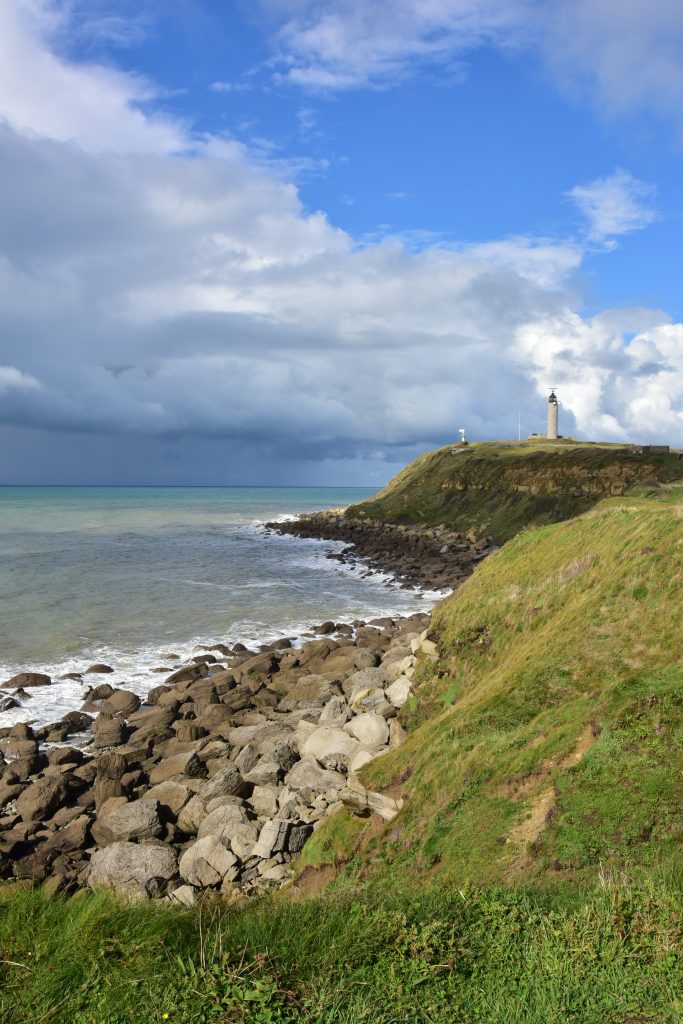
Coves, beaches and creeks in Audinghen
Don’t be fooled by its appearance as a small town, hugging the D940! Audinghen is bigger than it looks, with 7km of coastline to its name.
South of Cap Gris-Nez, the coast is studded with coves, nooks cut into the cliffs, allowing access to beaches. There are seven of these “Crans”; discreet ones like Quette, Sillers or Barbier. Or more famous ones, like Poulet or Les Œufs, two sites which boast wild and quiet coves.
At Cran aux Œufs, reaching the beach is not easy! You get there via a steep path, which you must navigate without a cool box, just a strong desire for nature!
As for Cran Poulet, you go down a staircase, before discovering a somewhat lunar landscape and a statue of Notre-Dame, an ancient place of pilgrimage.
In addition to these discreet pebble beaches, Audinghen has a third beach, to the north of Gris-Nez. This is called the Mermaid beach… A long stretch of fine sand, it offers a magnificent view of Cap Blanc-Nez. It is also a perfect playground for the anglers who walk along the rocks at the foot of the cape.
The Museum of the Atlantic Wall
Situated in the hamlet of Haringzelle, the TODT battery was an artillery battery of the Atlantic Wall, the 4000km long defence line built by the Third Reich. One of its four blockhouses is now a museum. It tells the story of the life of the German soldiers involved in this huge project, but also about the construction of the battery, the Battle of Britain, the Resistance and the D-Day landings.
Over the course of a dozen rooms, visitors discover the barracks, the armoury, the engine room, the infirmary and the radio room. An impressive collection of weapons, uniforms, everyday objects, thousands of items and documents recount the Second World War.
On the artillery side, we discover the 380mm marine gun, whose shells weighing more than 800kg could reach the English coast.
But the museum in Audinghen also houses one of the last two K5s in the world, a 218-ton Krupp railgun! With a maximum range of 86km, this was also a great deterrent!
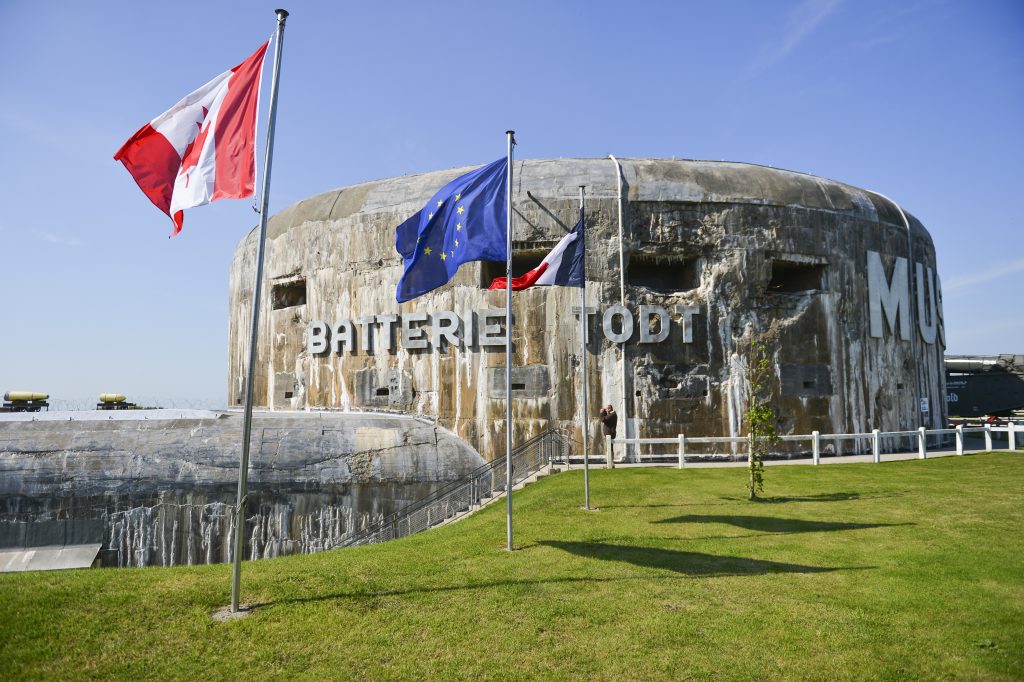
Highlighting the church of Saint-Pierre in Audinghen!
Audinghen has always known how to survive. Proof of this is the church of Saint-Pierre, which was destroyed by British bombers in 1943 and entirely rebuilt between 1957 and 1960. Its architect, Alexandre Colladant, wanted it to be very contemporary, flanked by a concrete bell tower in the shape of a lyre. Inside too, contemporary materials are to the fore, with reinforced concrete features, granite furniture and slate floors. Various artists and artisans created frescoes in the choir, the stations of the Cross, the baptismal font, the tabernacle and the door handles, always in a contemporary spirit. This contrasts with the old wooden statues that survived the bombing.
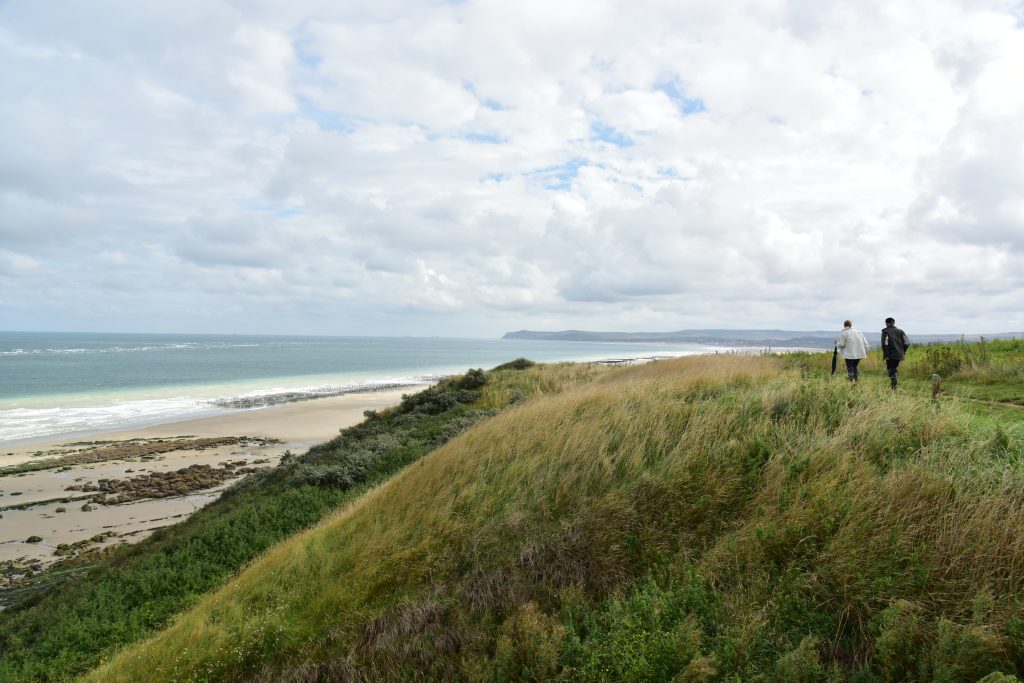
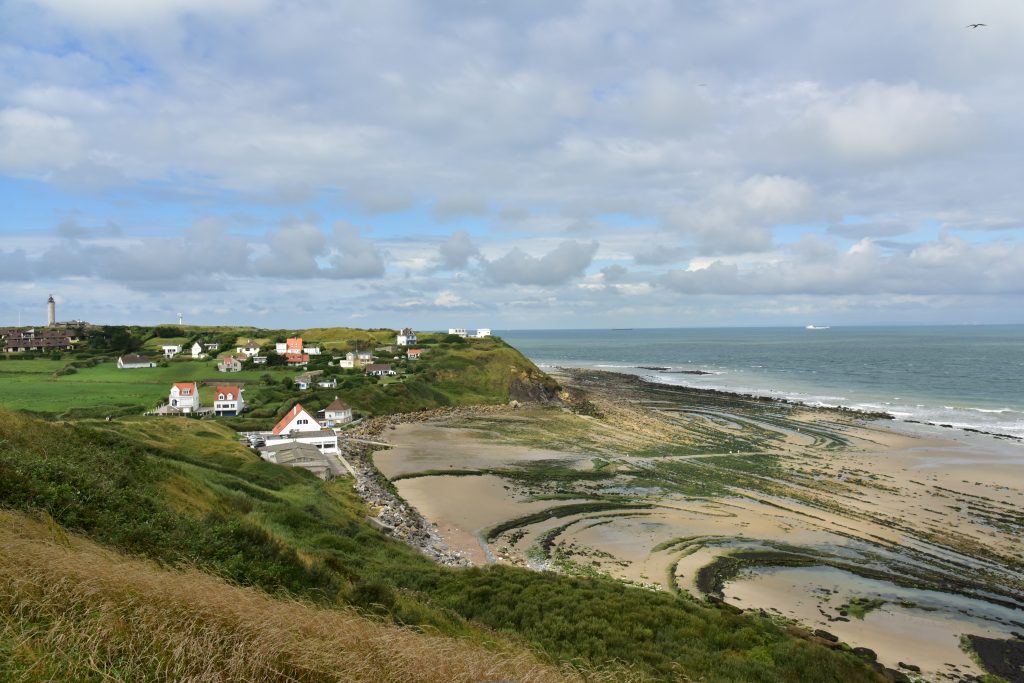
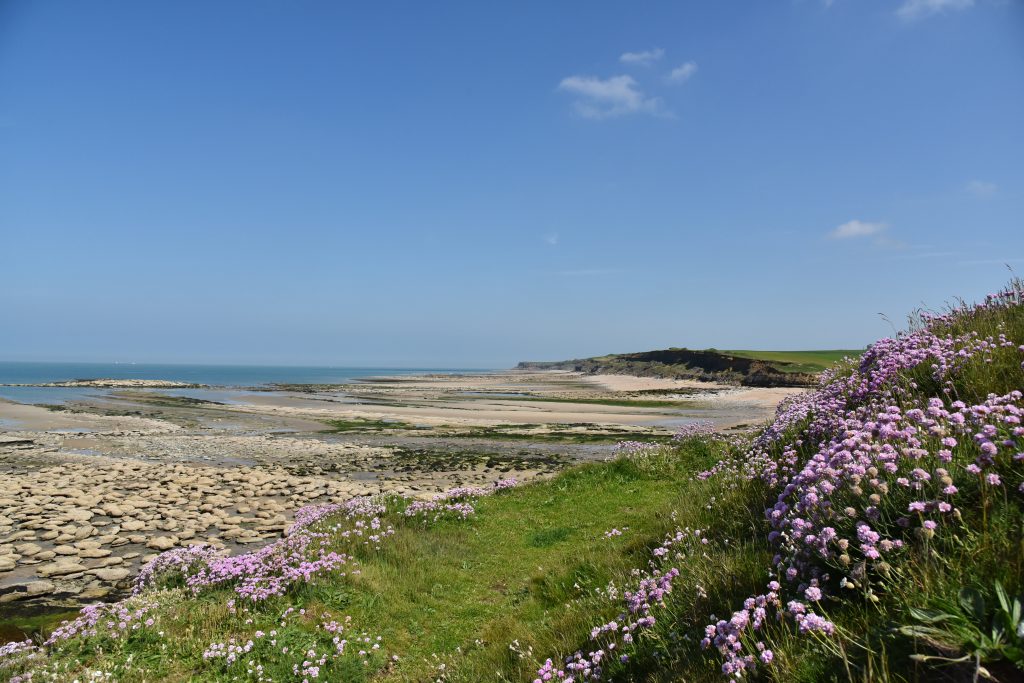
Audinghen, the final home of singer Raoul de Godewaersvelde
He loved La Sirène beach, the sea air and fishing. Cap Gris-Nez was “his own America”, where he even bought a small house. Raoul de Godewaersvelde, figurehead of the 1970s Ch’ti group Les Capenoules, found his home port in Audinghen. It is here, in the small cemetery, where the artist rests since his death in April 1977.
Alain Bashung said « I Do » in Audinghen
Vertigo of Love… it is also here, in Audinghen, that singer Alain Bashung married Chloé Mons, an actress and singer from northern France. It was on 30th June 2001, less than eight years before the artist’s death.
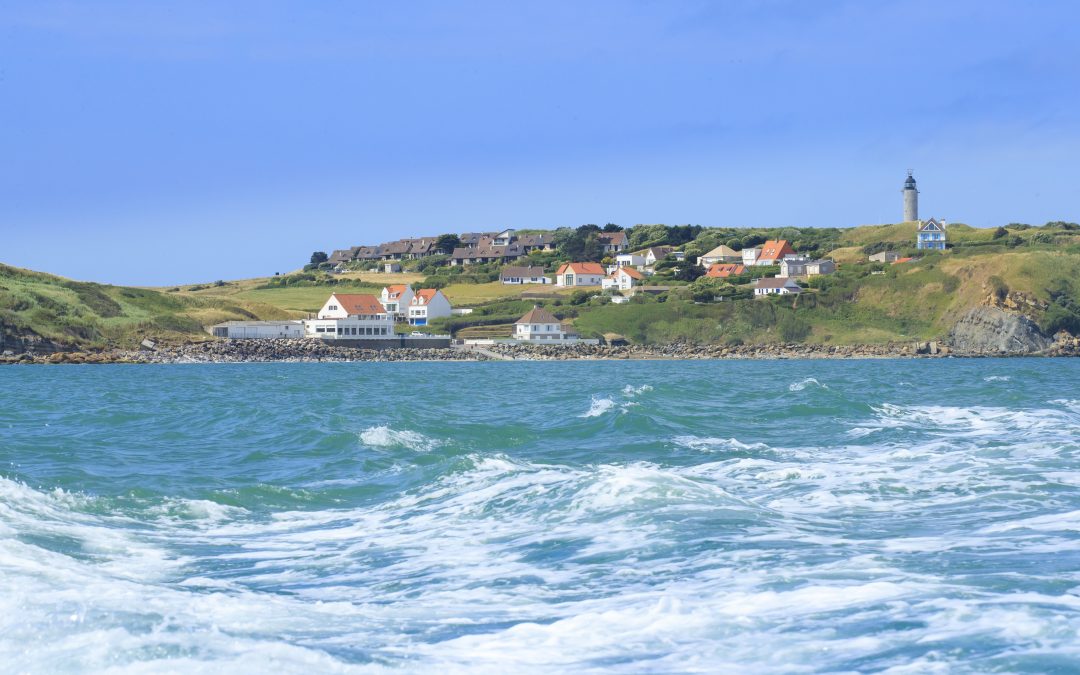
Recent Comments